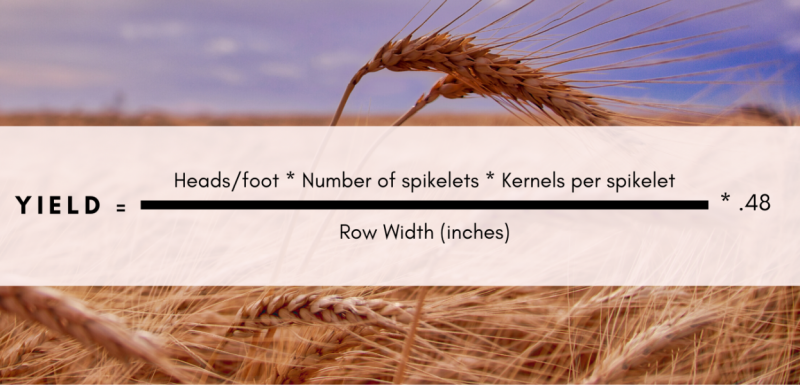You send the kids to school, and they come home with all sorts of newfangled ideas.
Randy went to Wichita for one of the evening stops on the 2021 Wheat Quality Council's Hard Winter Wheat Tour. Last year's tour was abbreviated and mostly virtual because of Covid-19. But the 2021 tour from May 17-20 was back in session. The 63rd tour hosted 45 participants from 13 states, traveling along six routes from Manhattan to Colby to Wichita and back to Manhattan. On the way, carloads of participants stopped in wheat fields in an effort to project wheat yields for Kansas' wheat harvest.Each evening, the tour groups would reconvene and share their findings. Randy went to the evening session in Wichita.
At the tour's conclusion, the three-day average yield estimates were calculated to be 58.1 bushels per acre. This surpassed the USDA's estimate of 48 bushels per acre. The official Wheat Quality Council tour projection for total production of wheat this year in Kansas is 365 million bushels, again more than National Ag Statistics' May 1 prediction of 331 million bushels. You can find the Kansas Wheat recap here.
As many good students are wont to do, Randy came home and used the same formula in one of our wheat fields. For this year's tour, they used a later season formula. (Previous tours were completed earlier in May, so they used a different formula for calculating yield.)
First, he measured off one foot, using a yardstick.
Then he counted the number of heads in 1 foot.
Next up was counting the number of spikelets per head. He counted several different heads and averaged them
 | |
| From the tour booklet |
Plug the numbers into a formula and get the estimate for that field.
The estimated yield he derived was astronomical for a wheat yield. If it happens, it will be the largest crop we've ever harvested ... by a long shot. It would be a miracle.
I insisted he got the formula wrong.
He showed me his handy-dandy handout.
Yield Formula, Late Season

 |
| The wheat was pollinating when I took this photo, May 20, 2021. See the little straw-colored flecks on the green wheat heads? |
 |
| May 20, 2021 |
 |
| June 4, 2021 |
The wheat is kind of that "yellow green" color you find in the Crayola box.
It's not the vibrant green of earlier spring, and it's not the beautiful gold that will signal the start of harvest. But I'm sure not complaining about the view.
 |
| June 6, 2021 |











No comments:
Post a Comment